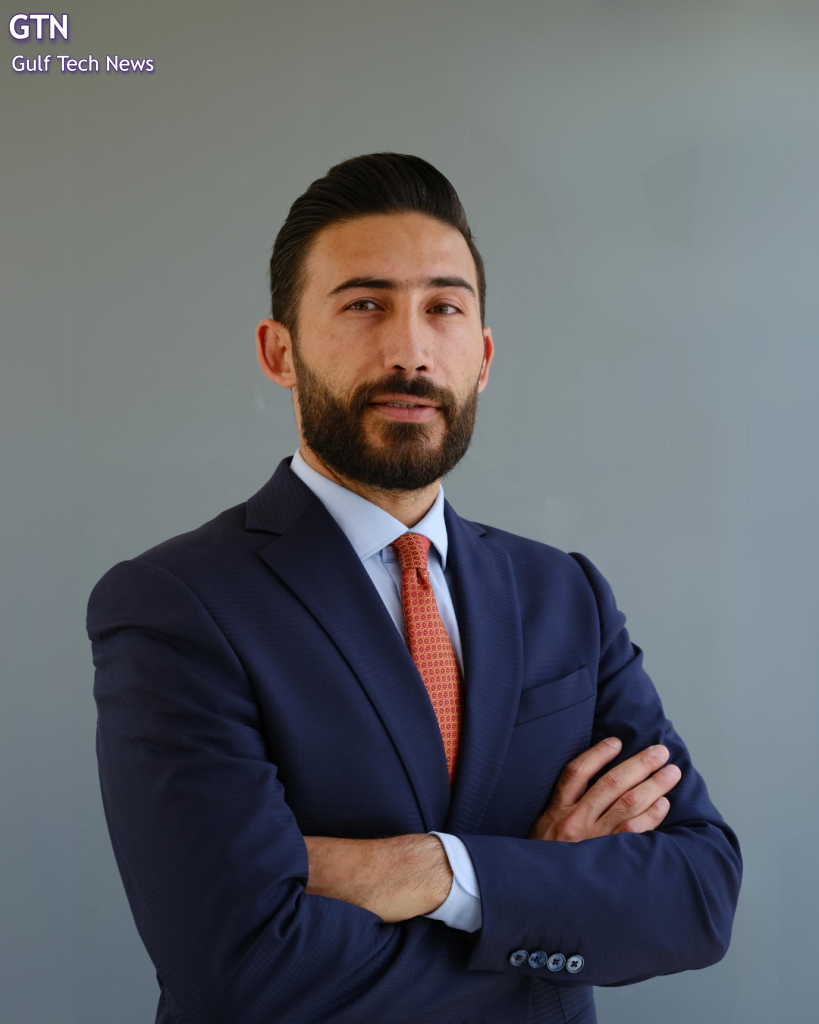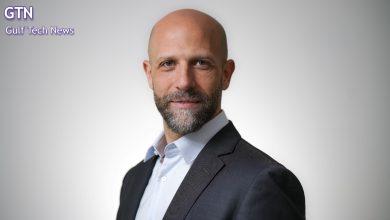Beyond the Boom: The Enduring Strength of Dubai Real Estate

By: Munir Al Deraawi, Founder and CEO, Orla Properties
Dubai’s real estate market has seen exceptional growth in recent years, driven by economic momentum, global appeal, and long-term urban planning. Amid rising demand and expanding developments, concerns about market correction are natural. Yet, Dubai’s strategic foundations and regulatory foresight position it to navigate fluctuations with resilience.
Market corrections are a natural phase in any maturing economy, often triggered by excess supply or a drop in demand following rapid price increases. Yet, in Dubai’s case, even with rising prices in certain areas, the market remains relatively balanced.
One clear indicator of Dubai’s market balance is that average property prices remain lower than those in global cities such as London, New York, and Hong Kong. This points to potential for sustainable growth, rather than a temporary bubble.
Learning from its past, Dubai has meticulously crafted a robust and shock-resistant real estate system. A key factor is the diversification of demand sources. Dubai’s market is no longer reliant on buyers from a single region; it now draws investment from all corners of the world—the GCC, Europe, Asia, Russia, and Africa. This broad base of demand provides a stable platform, insulating the market from fluctuations in any single source and boosting its overall resilience.
Furthermore, regulatory authorities, spearheaded by the Dubai Land Department (DLD), have been instrumental in disciplining real estate financing. They have mitigated financial risks through stringent down payment requirements and clearly defined lending regulations. This proactive approach has minimized excessive speculation and the potential for financial bubbles.
Dubai’s real estate market has also strengthened through stringent control over project licensing. Project licenses are now governed by strict oversight and financial safeguards that ensure adherence to construction and delivery timelines.
This approach significantly reduces the risk of unplanned oversupply in the market. The Dubai 2040 Urban Master Plan forms the bedrock of sustainable growth, focusing on enhancing quality of life, improving infrastructure, and promoting balanced urban development rather than unchecked, rapid expansion. This long-term vision is key to the market’s stability.
A growing number of investors are shifting away from short-term speculation toward long-term real estate portfolios, boosting market stability. With annual returns of 7% to 11%—among the highest globally—Dubai has become a prime destination for secure, profitable investment.
Dubai has become a magnet for high-net-worth individuals seeking a secure, long-term investment environment. Their capital flows into luxury developments and prime properties, adding resilience and depth to the market while reinforcing the city’s global appeal.
Dubai is also the top choice for families pursuing long-term stability. With world-class education, safety, and cultural diversity, it offers a high quality of life. This lifestyle-driven demand adds a stable, human dimension to the real estate market.
What truly sets Dubai apart is its remarkable capacity to host over 200 nationalities in a single, well-regulated environment, where clear laws and shared values of discipline and cooperation prevail. This rich cultural tapestry cultivates a profound sense of loyalty and belonging.
A significant number of Dubai’s residents feel a strong connection to this “home,” actively contributing to its well-being and success, particularly as they discover opportunities and services unavailable in their native countries. This collective sense of ownership fosters a stable and thriving community, directly underpinning the long-term sustainability of the real estate market.
Dubai’s real estate success is no accident—it is the result of deliberate planning, smart regulation, and inclusive growth. As global cities wrestle with volatility and oversupply, Dubai stands out as a model of long-term market sustainability. Its foundation is not a fleeting boom, but a blueprint for resilience.




